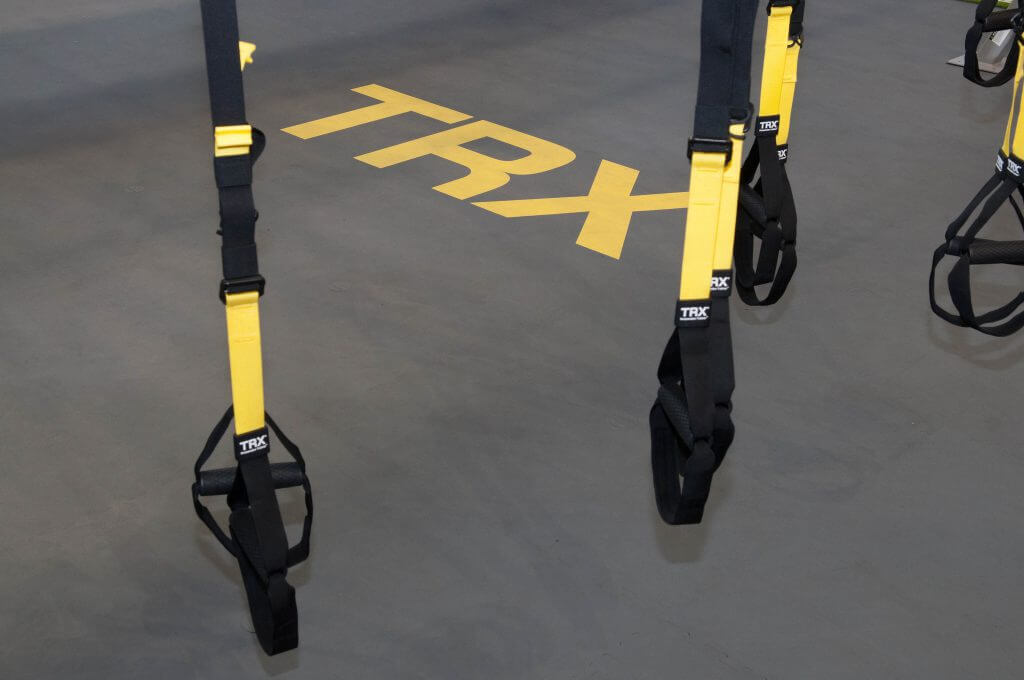Core Work for the Elite Swimmer: TRX Pike and Shift

By Dr. G. John Mullen, DPT, CSCS
Keeping the body moving forward during butterfly maintains efficiency and velocity. Many poor swimmers raise their head up too high for a breath, setting the brakes for each gasp of air. The TRX pike and shift, helps teach the swimmer how to connect their core with their hip undulation in butterfly (perhaps breaststroke in the near future). The exercise also forces the swimmer to maintain a streamline position– an essential aspect of butterfly.
Lastly, it builds core strength when the body is partially supported (in the TRX) and the body is moving outside the base of support. This may not sound essential, but elite butterfly swimmers are continually throwing their body forward, launching their body weight outside of their base of support. During butterfly, if a swimmer cannot maintain the feeling of falling forward, they will lose forward movement and once again…hit the brakes.
Don’t Pump the Brakes!
Learn how to keep your body weight forward with the elite swimming core training TRX Pike and Shift exercise.
Directions:
Have the swimmer suspend their feet in the loops of a TRX suspension unit or similar device.
Next, have them place their hands under their shoulders in a plank position (remember, keep the body straight and stable as a table).
The athlete will then shift their weight back, forcing an eccentric contraction of their core musculature.
Once the athlete shifts back as far as they can, have them pike their hips towards the ceiling, raising their hips, without bending the spine.
The athlete will then return to the feet supported plank position.
Make sure not to round the back, keep the spine straight. This is an essential point during the pike and the shift, don’t write letters with your spine. I don’t want to see ‘n’ or ‘u’ shaped backs during this elite swimming core training exercise.
If you think you have a strong core? Click here to see if you can pass the tests we use at COR in Santa Clara, CA. Also, check out these other elite swimming core training exercises.




“If a swimmer can maintain the feeling of falling forward, they will lose forward movement and once again…hit the brakes.” Is there a mistake in this sentence, as it appears that swimmers should want to maintain the feeling of falling forward?
Good catch, Neil. I think the author meant “cannot maintain the feeling”. It’s been updated. Many thanks.
Yes, thanks for the catch. I also added the a note that this sensation is while swimming butterfly, not during the entire exercise (if you did, you’d fall forward on the ground…ouch).